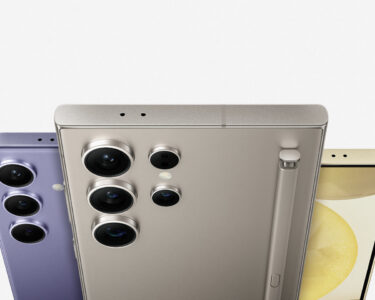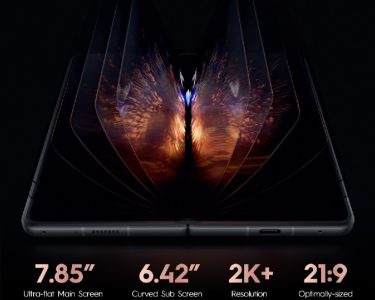Many thought that the megapixel wars between smartphones was a thing of past, however, the time has returned where the smartphone manufacturers are now looking to outdo the other with respect to the megapixels present on smartphone.
Qualcomm’s Senior Director of Product Management (Camera, Computer Vision, and Video) has gone on to tell MySmartPrice that OEMs are in the process of working with sensor makers in order to release 64MP and 100MP+ smartphones later in the year.
While the executive did not go as far as indulging in any specific details, he did indeed state that we van actually expect “multiple” brands with the sort of tech by the end of the year. What this indicates is that such sensors would be an industry push rather than a once-off move by one OEM.
Must Read: 12GB RAM modules here to stay for Samsung
The case for Ultra high-resolution cameras are made considering the fact that they allow for more detailed daytime snaps, however, the low-light capture does usually go on to suffer because of the smaller pixel size. Thankfully enough though, the 48MP sensors do indeed go on to offer pixel-binning technology, which effectively has the ability to combine data from four small pixels right into one, with this going on to enable improved low-light performance. Pixel-binning however, does indeed result in lower resolution shots, with the 48MP cameras churning out 12MP snaps for instance.
While new, such sensors would actually go on to offer pretty much the same tech too, so with regards to this, we might end up seeing 16MP pixel-binned shots from a camera worth 64MP. But is it all worth it? I mean both Google and Samsung have made the case that it is not something which would be a requirement, as both the companies have stuck with 12MP main cameras which feature large pixels – and hence, no actual need for pixel-binning. While talking just a bit more about Google, the company’s night sight mode for night-time suits improves the matters even further, making the case for the deliverance of class-leading low-light snaps.
However, recent flagships have indeed delivered quite decent results with a 40MP primary shooter, while the Redmi Note 7 Pro has received much praise for the 48MP camera, especially when you consider the price segment.




